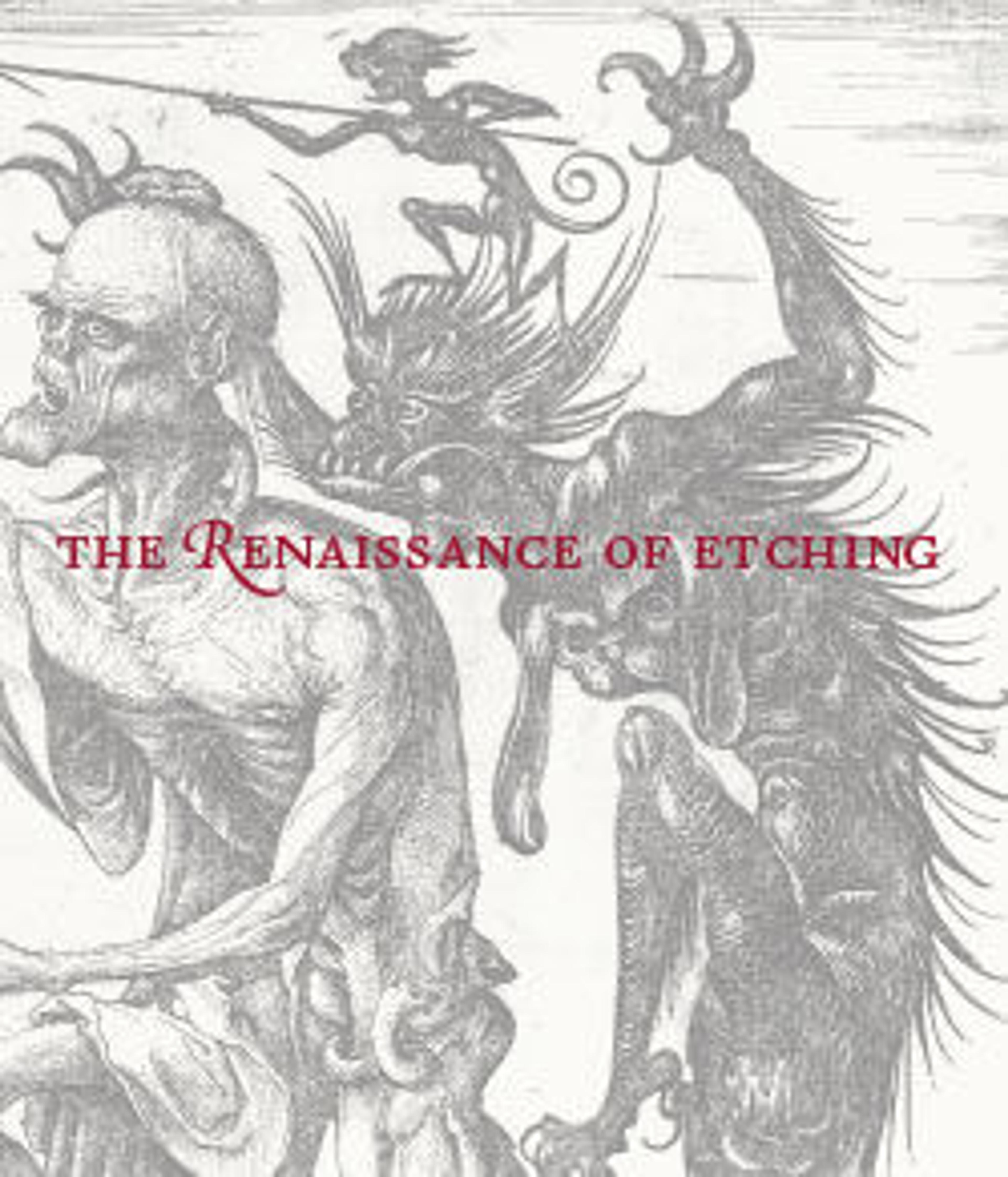The Lovers
Following the example of Raphael, Parmigianino had a great interest in using prints to disseminated knowledge of his designs. In Rome, he produced drawings for Giovanni Jacopo Caraglio (Italian, ca. 1500/1505–1565) to translate into engravings, while in Bologna he may have drawn directly on the woodblocks carved by Antonio da Trento (Italian, active 1520s–30s) to produce chiaroscuro woodcuts. Parmigianino's involvement in printmaking went even further when, sometime in the mid-1520s, he took up the etching needle himself to experiment with this new technique. He was the first Italian to exploit the possibilities of etching, in which lines are freely scratched through a waxy ground, to directly translate the draftsman's manner. He produced no more than fifteen etchings, yet his example was to inspire the future development of a distinctly Italian printmaking tradition. This is one of Parmigianino's most beautiful prints, that demonstrates his sensitivity to landscape, as well as his characteristically graceful and elongated figure types.
Artwork Details
- Title: The Lovers
- Artist: Parmigianino (Girolamo Francesco Maria Mazzola) (Italian, Parma 1503–1540 Casalmaggiore)
- Date: 1527–30
- Medium: Etching; second state of two
- Dimensions: Other: 5 13/16 × 4 1/8 in. (14.8 × 10.5 cm)
- Classification: Prints
- Credit Line: Harris Brisbane Dick Fund, 1926
- Object Number: 26.70.3(102)
- Curatorial Department: Drawings and Prints
More Artwork
Research Resources
The Met provides unparalleled resources for research and welcomes an international community of students and scholars. The Met's Open Access API is where creators and researchers can connect to the The Met collection. Open Access data and public domain images are available for unrestricted commercial and noncommercial use without permission or fee.
To request images under copyright and other restrictions, please use this Image Request form.
Feedback
We continue to research and examine historical and cultural context for objects in The Met collection. If you have comments or questions about this object record, please contact us using the form below. The Museum looks forward to receiving your comments.
